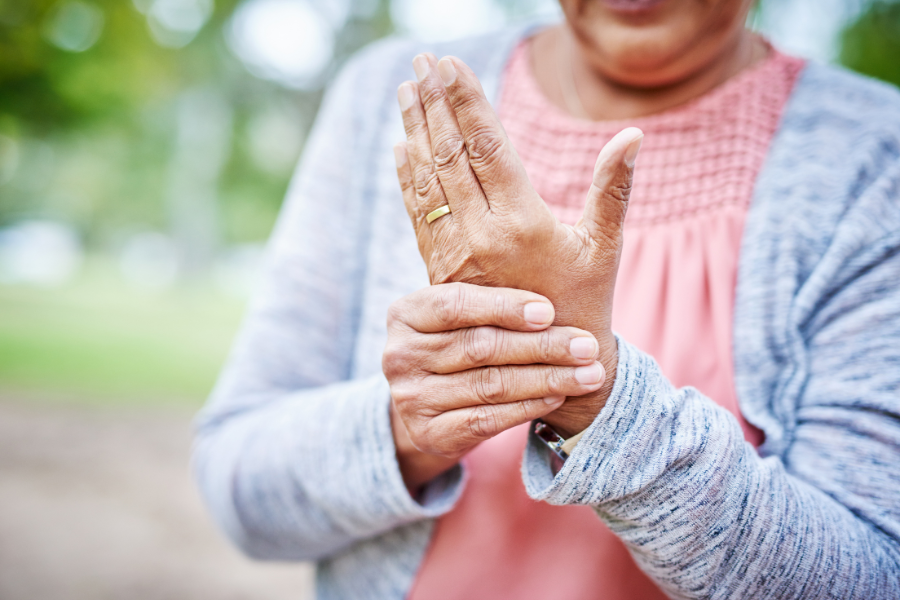Osteoarthritis may affect nearly one billion people by 2050
Researchers analysed 30 years of osteoarthritis data covering more than 200 countries
The most common form of arthritis, osteoarthritis, affects 15% of the global population over the age of 30 – and it is estimated that by 2050 nearly one billion people will have the condition, researchers say.
Obesity is a major contributor to osteoarthritis, and in 2020 was responsible for approximately 20% of the disability of osteoarthritis – which causes joints to become painful and stiff, the study suggests.
The condition increases with age, and international research found that for those aged 70 and older it ranked seventh among causes for years lived with disability (YLDs).
The research, published in The Lancet Rheumatology, analysed 30 years of osteoarthritis data (1990–2020) covering more than 200 countries.
It was led by the Institute for Health Metrics and Evaluation (IHME) as part of the Global Burden of Disease Study 2021.
According to the findings, cases have increased rapidly over the past three decades because of three main factors – ageing, population growth, and obesity.
In 1990, 256 million people had osteoarthritis. By 2020, this number rose to 595 million people – a 132% increase.
By 2050, experts project this figure will reach the one billion mark.
Dr Jaimie Steinmetz, the paper’s corresponding author and lead research scientist at the IHME, said: “With the key drivers of people living longer and a growing world population, we need to anticipate stress on health systems in most countries.
“There is no effective cure for osteoarthritis right now, so it’s critical that we focus on strategies of prevention, early intervention, and making expensive, effective treatments like joint replacements more affordable in low and middle-income countries.”
The knees and hips are the most common areas for osteoarthritis.
By 2050, osteoarthritis is projected to increase by 74.9% in the knees, 48.6% in the hand, 78.6% in the hips, and 95.1% in other areas like the elbows and shoulders.
It is also estimated that more women than men will continue to grapple with the condition.
In 2020, 61% of osteoarthritis cases were in women versus 39% in men.
Dr Jacek Kopek, senior author and professor in the School of Population and Public Health at the University of British Columbia, said there is a combination of possible reasons for the difference.
He explained: “The reasons for gender differences in osteoarthritis prevalence are being investigated, but researchers believe that genetics, hormonal factors, and anatomical differences play a role.”
The Press Association
Latest posts by The Press Association (see all)
- 5 new books to read this week - March 26, 2025
- 6 things a physio wishes people over 60 would stop doing - March 25, 2025
- NHS reminder to 7.5m people as Covid-19 jab booking system opens - March 25, 2025
- The truth about cholesterol – what you need to know - March 25, 2025
- Prince William calls Dame Mary Berry a ‘national treasure’ in 90th birthday message - March 24, 2025




















